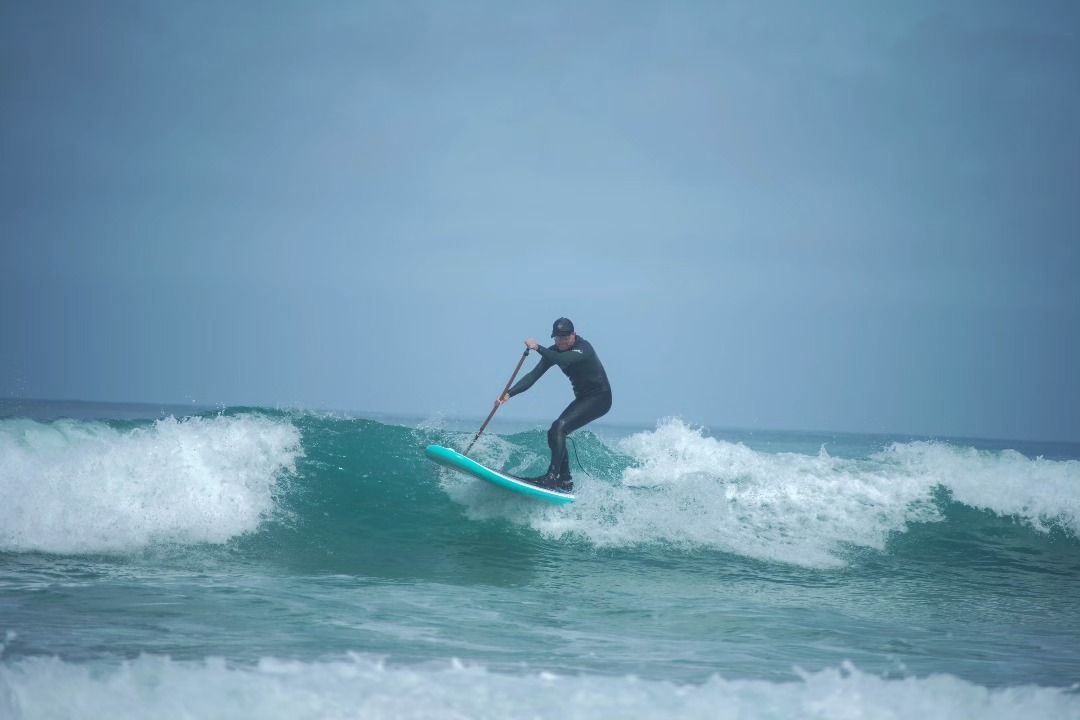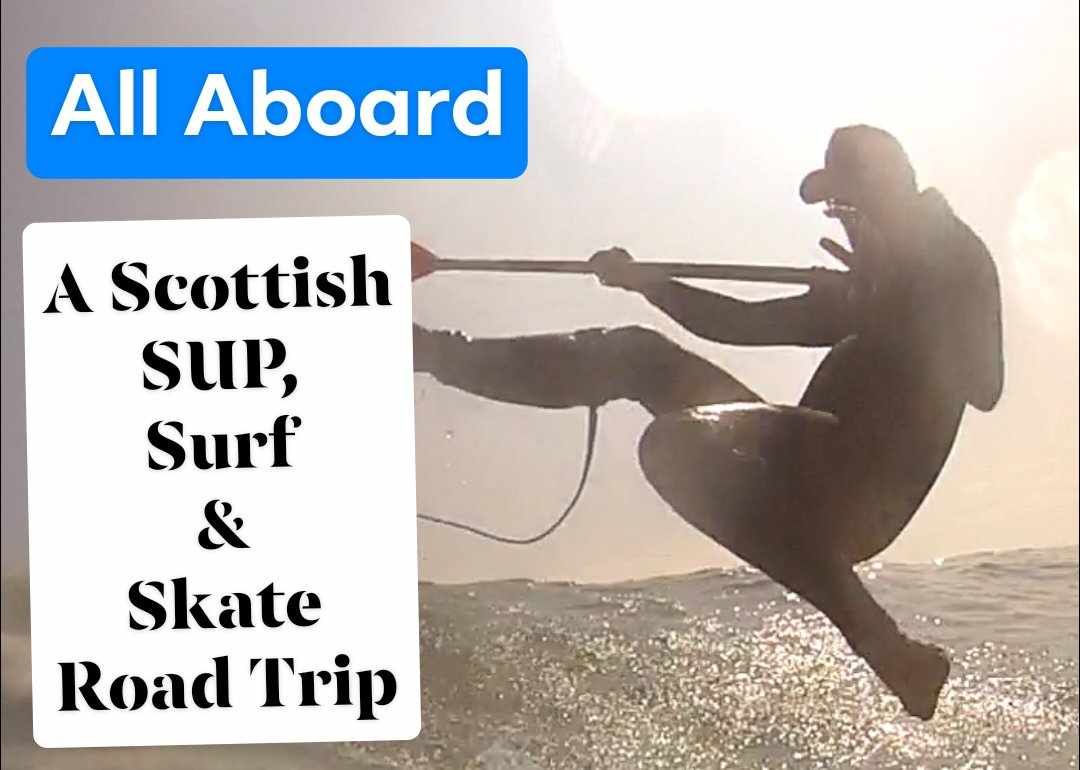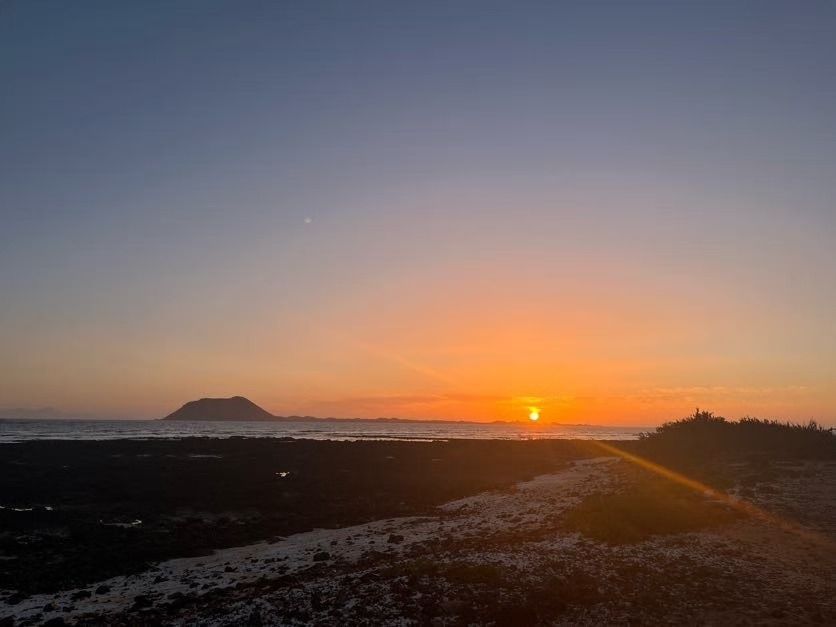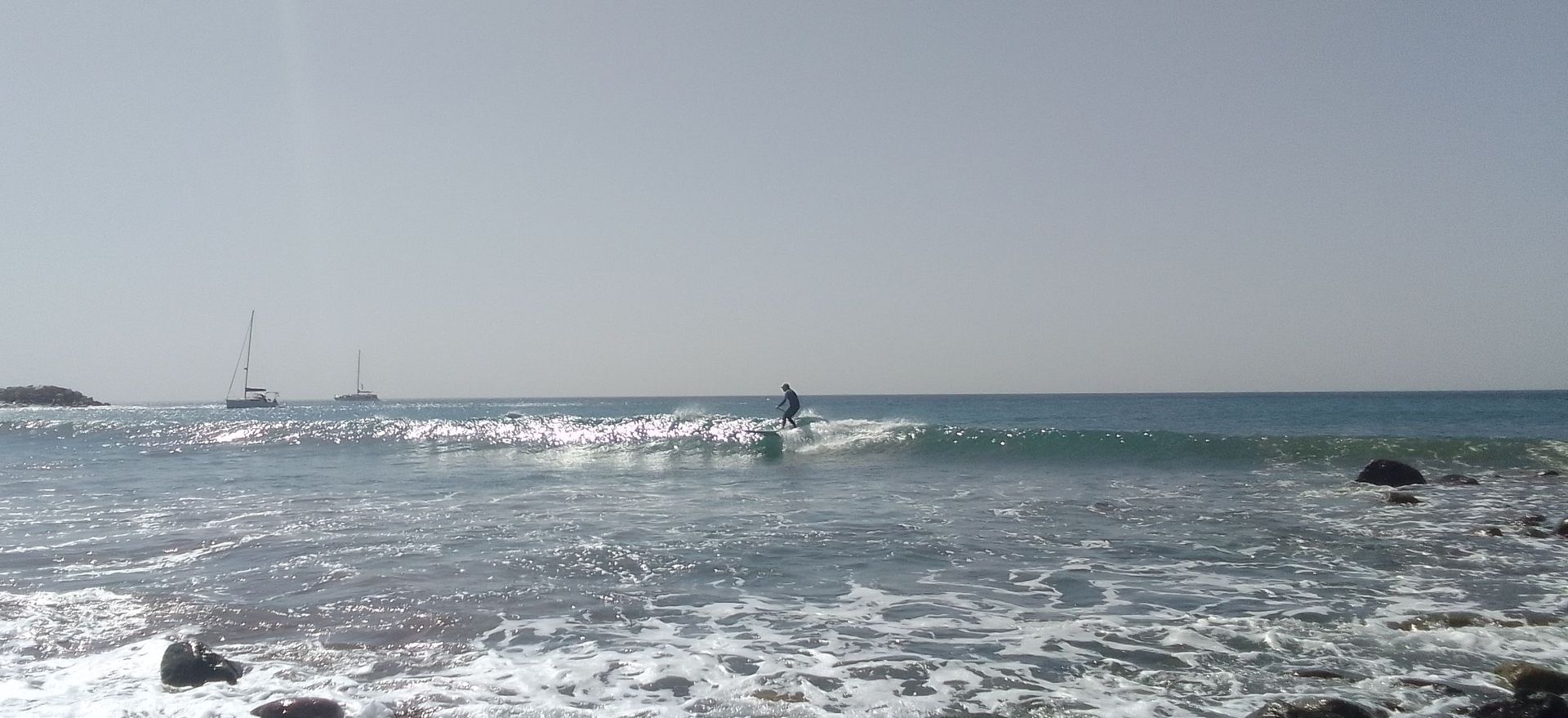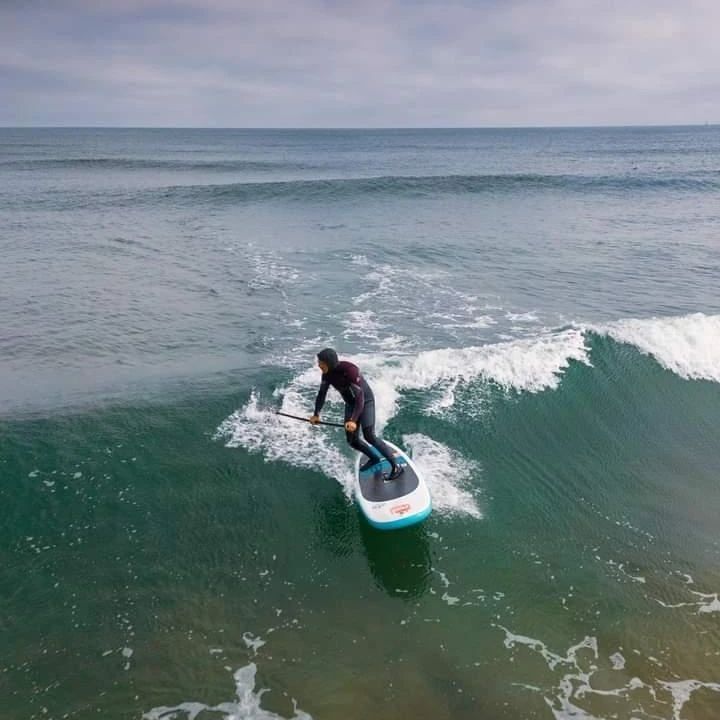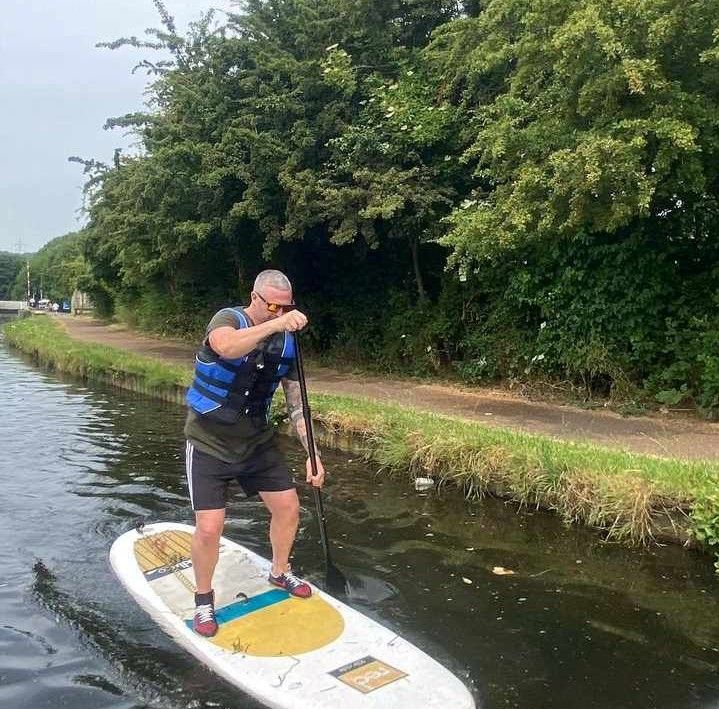Surfing - The Rules and the Right Places to Learn
Matt Gambles • 3 April 2020
This is a subtitle for your new post
Learning to Surf on a SUP will give you a lifetime of fun, challenge and incredible experiences. Learning on a SUP rather than a traditional surfboard is actually easier, as the larger board makes it easier to pick up swell (especially small waves), plus your already standing up so no need to have to get to your feet. You can catch waves longer and the extra volume means you can surf on a small day where otherwise you would not be able to surf.
By learning to SUP in calm, flat water conditions, you should hopefully be fairly happy with your paddle strokes and moving around the board. This means you can just concentrate on the wave itself. If you haven’t done much SUP’ing before, we recommend you spend a fair bit of time on the flat before getting in the surf as you will really feel the benefit of the paddle strokes becoming second nature.
Types of wave.
We shall only quickly cover this section as there are loads of online rescources which investigate waves, their formation, types and other bits and bobs. Definitely spend time researching these, and just as importantly, when you turn up at your chosen surf spot, spend time watching the waves, where they break, any rips to help you get out, where the surfers line up etc. 5 minutes sat watching will help you immesureably as you get on the water, giving you a great overview of whats going on around you.
Waves come in loads of shapes and sizes, but to start with you will want to look for a gently peeling wave with a gently crumbling shoulder, like a mellow beachbreak or a small point break. Waves breaking directly onto the beach (shorebreaks) or waves closing out into a mass of whitewater, are going to be really really tough learning conditions.
The location, risk assessing.
When choosing where to surf, make sure that you have done a bit of research prior to getting there and getting in the water - is the spot bad for rips?, is there other surfers there?, is there mobile signal or a phone box?, is it blowing too much offshore for your ability?, are there rocks or obstructions in the water?.
Find some landmarks around you so that you can always know where you are and not drift away from your spot, as wind and shore currents could push you into a hazardous area.
Find a calm spot of water to launch in, time it between the sets if need be. By trying to get out through lines of crashing whitewater, not only is it really hard toil, but your board can get caught and be a danger to other water users.
Rules of the Surf
When surfing please show respect to other water users and it will be returned to you.
The number one rule is to never drop in on someone, if they are already riding a wave, let them have it, if they are already paddling for it, let it go.
If someone is in a position nearest to the breaking wave and paddling for it, then they have right of way on the wave.
If someone is on a wave and surfing on it, it is you that needs to get out of their way, not the other way round.
Always wear a leash, your board is a lethal weapon to other water users without it.
On a SUP, its easy to get lots of waves, and hog the line up, please respect other water users so that everyone gets their fair share.

